
5,000-Year-Old Secrets Unveiled: Oman’s Bronze Age Towers Were More Than Just Watchtowers!
The nearly 5,000-year-old Bronze Age towers scattered across the arid landscapes of Oman have long been shrouded in mystery. Initially perceived as simple watchtowers or defensive structures, these enigmatic remnants of the past are now telling a vastly different story, thanks to the meticulous research of German scholar Prof. Stephanie Dopper.
Oman’s Bronze Age Towers: Not Just Defense, But Centers of Life!
For centuries, Oman’s Bronze Age towers stood as silent sentinels, their true purpose concealed. While many historians and archaeologists dismissed them as mere fortifications, Prof. Dopper’s comprehensive studies reveal a much more complex role in the region’s history.
According to Arkeonews, Prof. Stephanie Dopper, a junior professor of digital humanities for ancient Near Eastern studies at the University of Würzburg, has long been fascinated by Oman’s Bronze Age towers. Her passion culminated in the publication of her new book, “Landmarks of Identity: Bronze Age Towers of the Oman Peninsula,” released by Archaepress Publishing Ltd in collaboration with the Ministry of Heritage and Tourism (MoHT).
Part of the Archaeological Heritage series, Dopper’s book examines nearly 100 Bronze Age towers dating back to the third millennium BC, offering fresh insights into their historical and cultural significance.
Trade, Copper Production, and Communal Gathering Points
Prof. Dopper’s research indicates that the towers were strategically positioned to monitor trade routes and facilitate interactions between different communities. While earlier scholars primarily viewed these structures as military fortifications, Dopper’s research uncovers a much broader spectrum of functions. According to her findings, these towers served as long-distance trade hubs, copper production centers, and even social and ceremonial spaces.
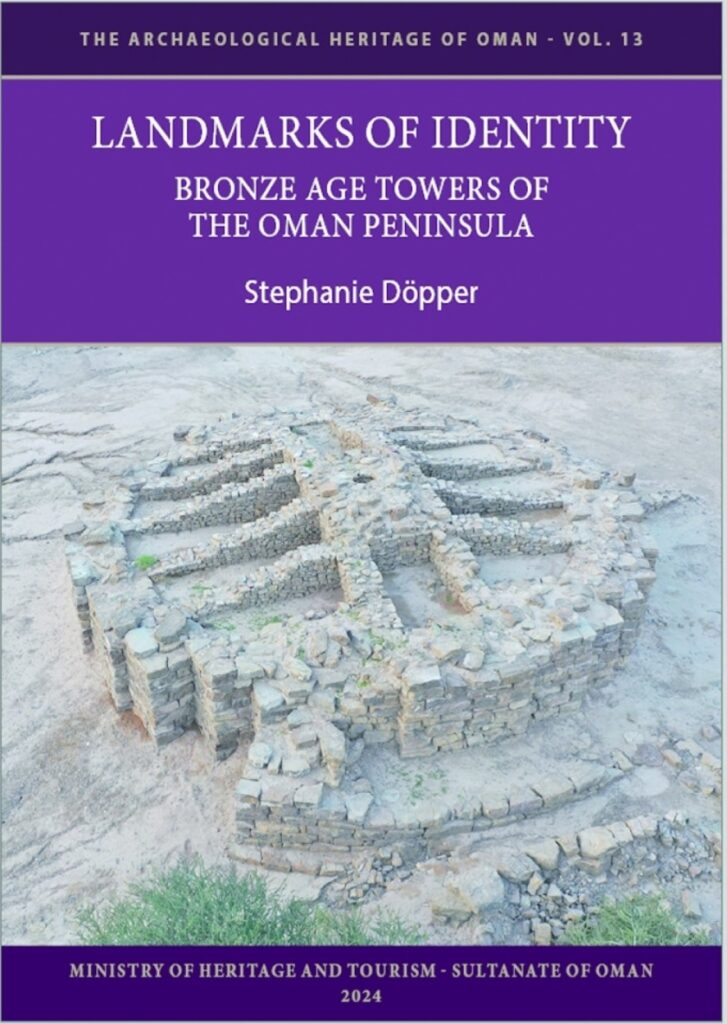
Not Towers, But Raised Platforms!
A key revelation of the book is that the term “tower” may be misleading. Early archaeologists named these structures after the mud-brick towers of Islamic fortresses, but modern research indicates that they were actually raised platforms, only a few meters high.
Dopper’s work highlights the intricate connections between these towers and the region’s copper processing activities, as well as their roles in water management systems, which included wells and ditches. Many of these structures likely functioned as communal gathering spaces for trade, rituals, and social activities, challenging the long-held perception of their purpose.
Technical Expertise and Resource Management
In her book, Prof. Stephanie Dopper reveals that the inhabitants of Oman 5,000 years ago were not merely surviving; they were thriving through remarkable technical expertise and innovative resource management. The construction of at least 100 monumental structures stands as a testament to their advanced engineering skills and deep understanding of their environment. In a land where rainfall is scarce and water sources are limited, these early societies demonstrated extraordinary resilience and ingenuity. Their ability to harness available resources and create lasting architectural achievements reflects a sophisticated civilization that was well-adapted to its challenging surroundings.
As Prof. Dopper continues to unravel the mysteries of Oman’s Bronze Age towers, her research not only enriches our understanding of ancient civilizations but also emphasizes the importance of preserving these historical landmarks. “Landmarks of Identity” stands as a significant contribution to the field, inviting both scholars and the general public to appreciate the complex heritage of the Oman Peninsula.
You may also like
- First Mesolithic Human Figurine Found in Damjili Cave in Azerbaijan
- Spectacular Iron Age Artifacts Unearthed at Celtic Necropolis in Creuzier-le-Neuf, France
- The Steiermark Coat of Arms and Other Centuries-Old Inscriptions Discovered in Jerusalem’s Room of the Last Supper
- Vast Roman Horse Cemetery Belonging to Cavalry Unit Discovered in Germany
- 3,000 Year Old Settlement Uncovered During Construction of Ipswich Link Road
- The Ancient City of Kadyanda was the site of Brutal Pankration Competitions
- Archaeologists Discover 9,000-Year-Old Temple in Jordan Desert
- Sumerian Birth Certificate: One of History’s Oldest Records
- Archaeologists Uncover Unique Auditorium During Excavations in Sicily
- Astonishing 3,000-Year-Old Cave Paintings Unearthed in Brazil

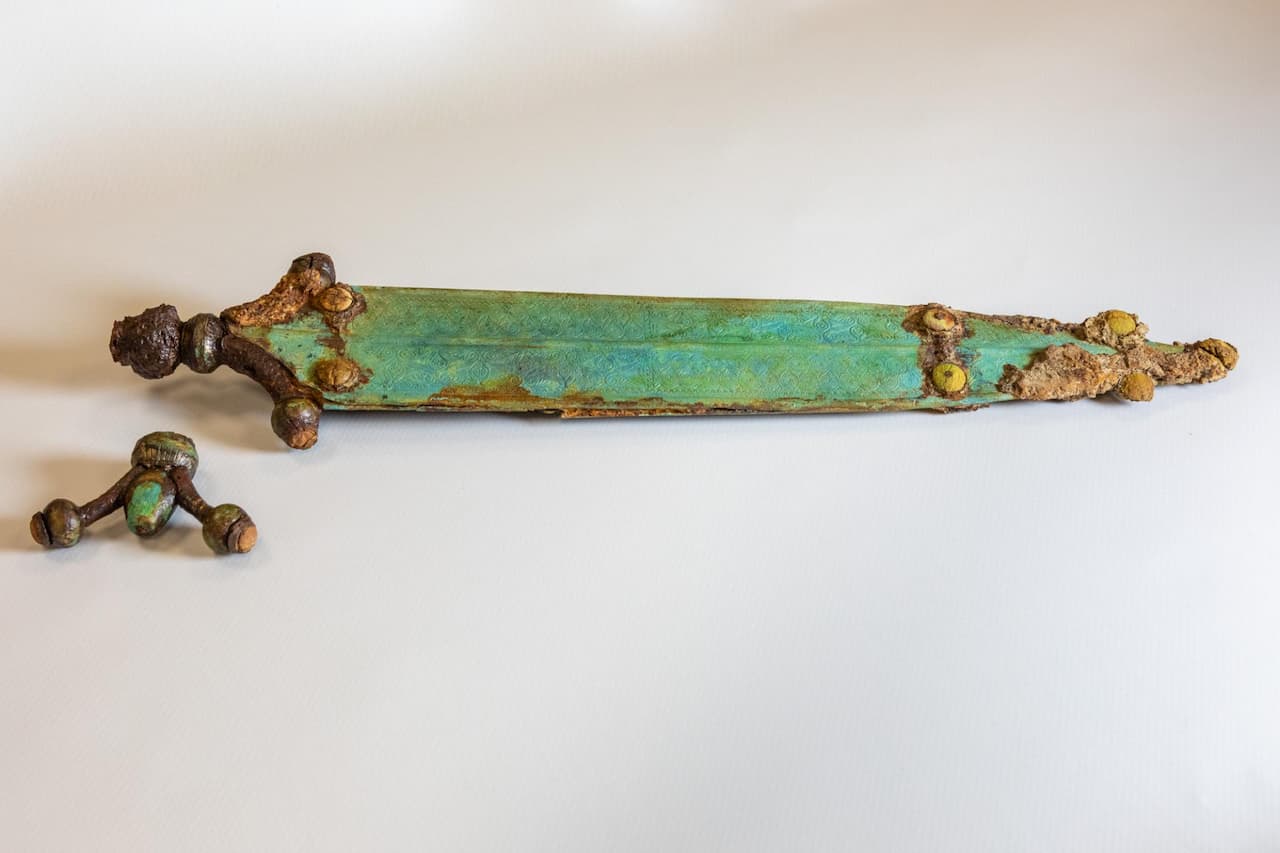
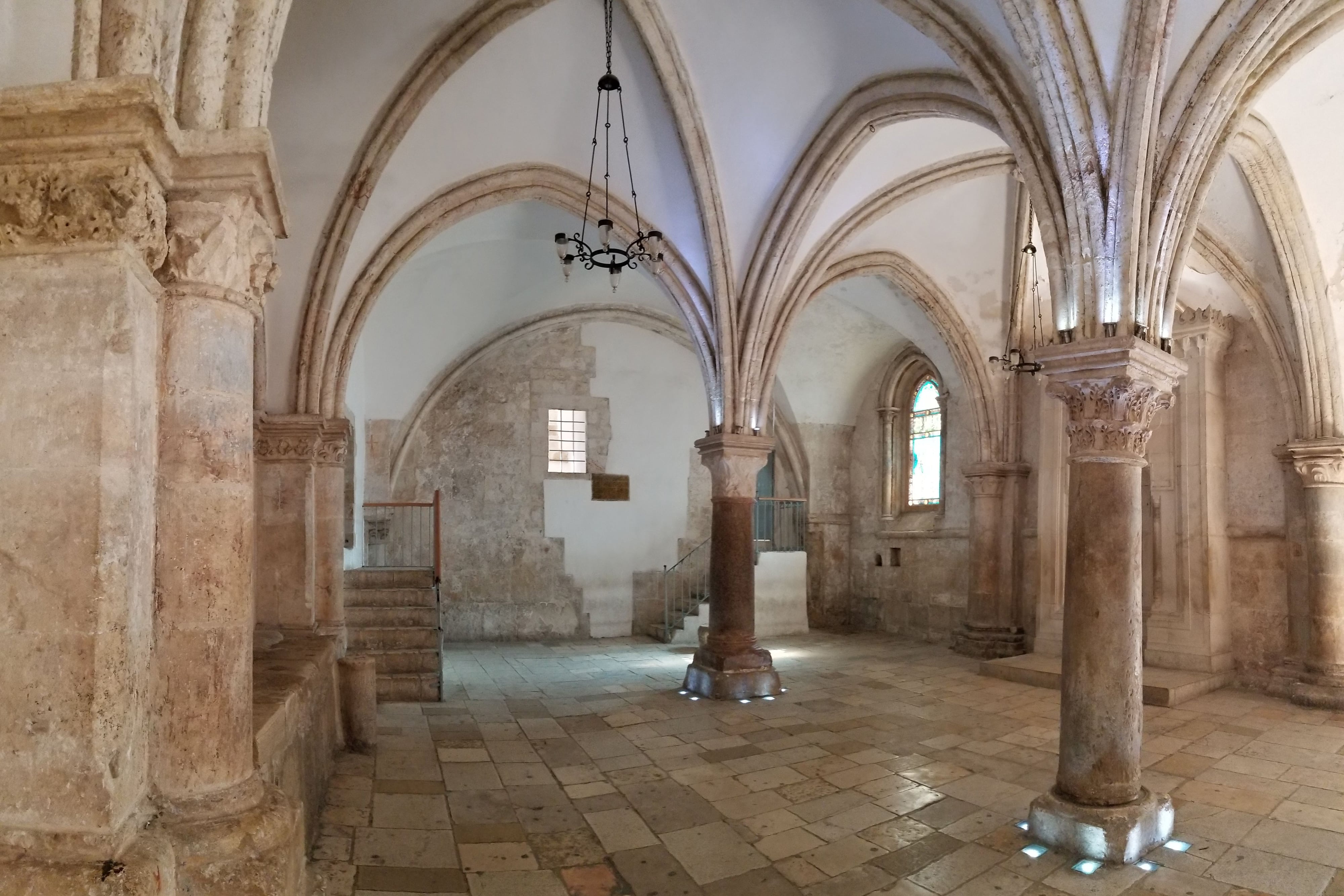
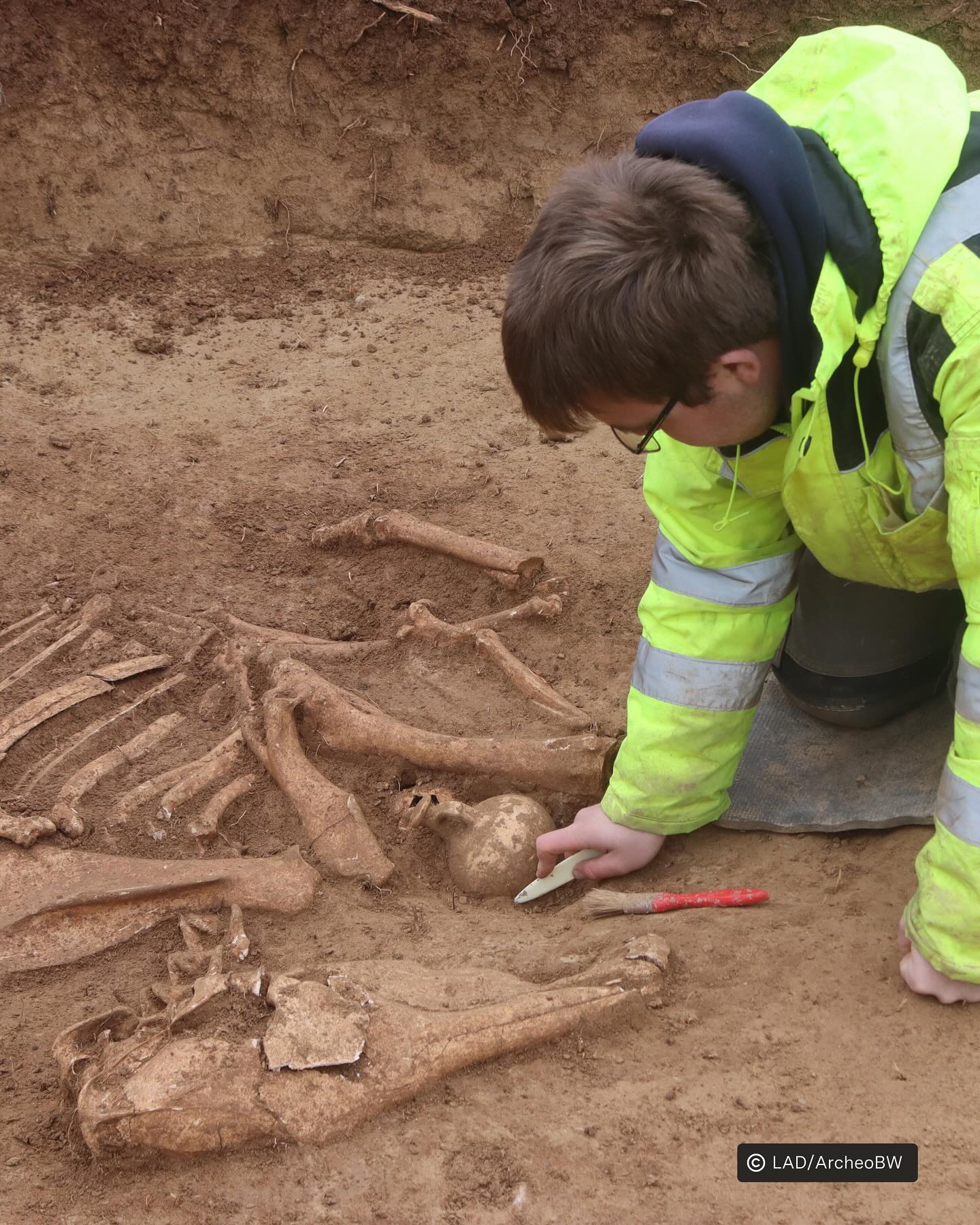

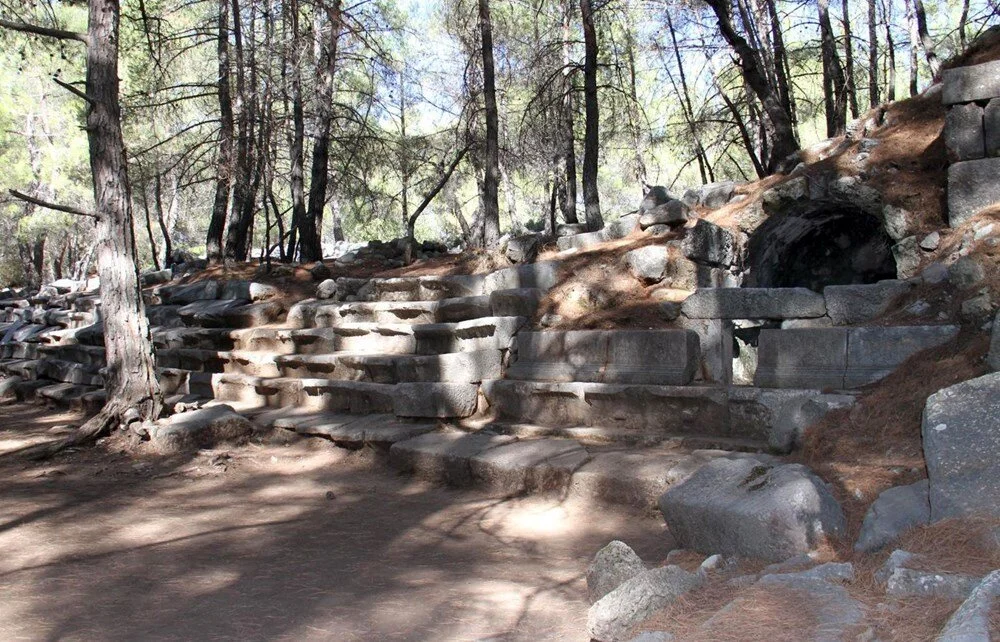
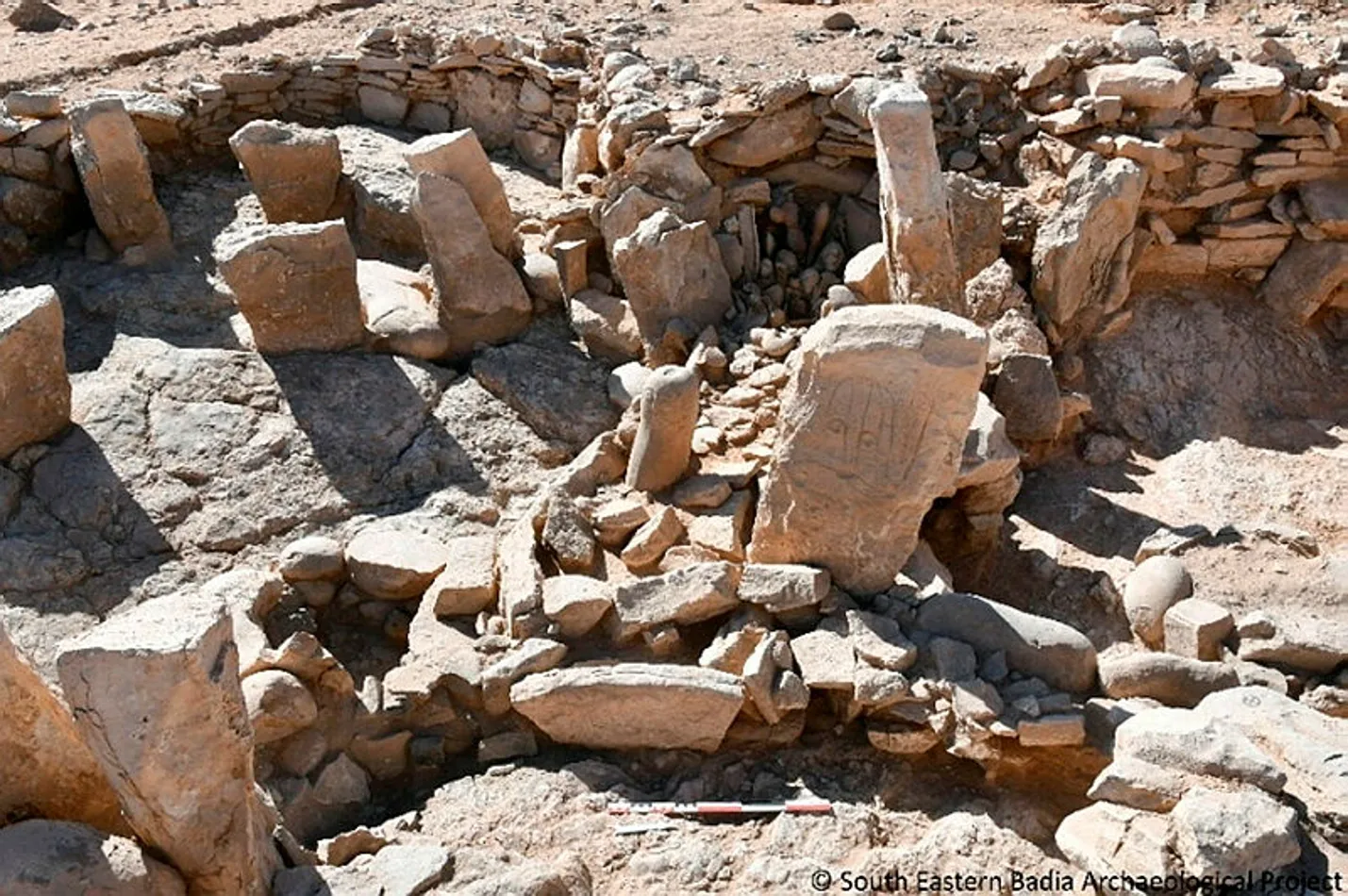
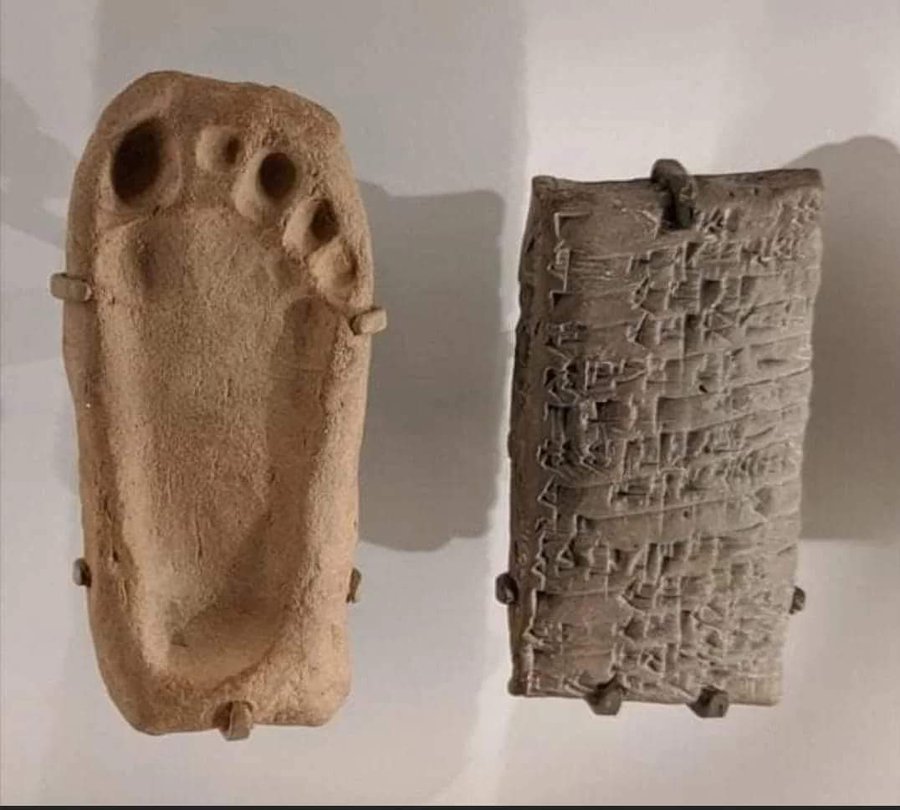
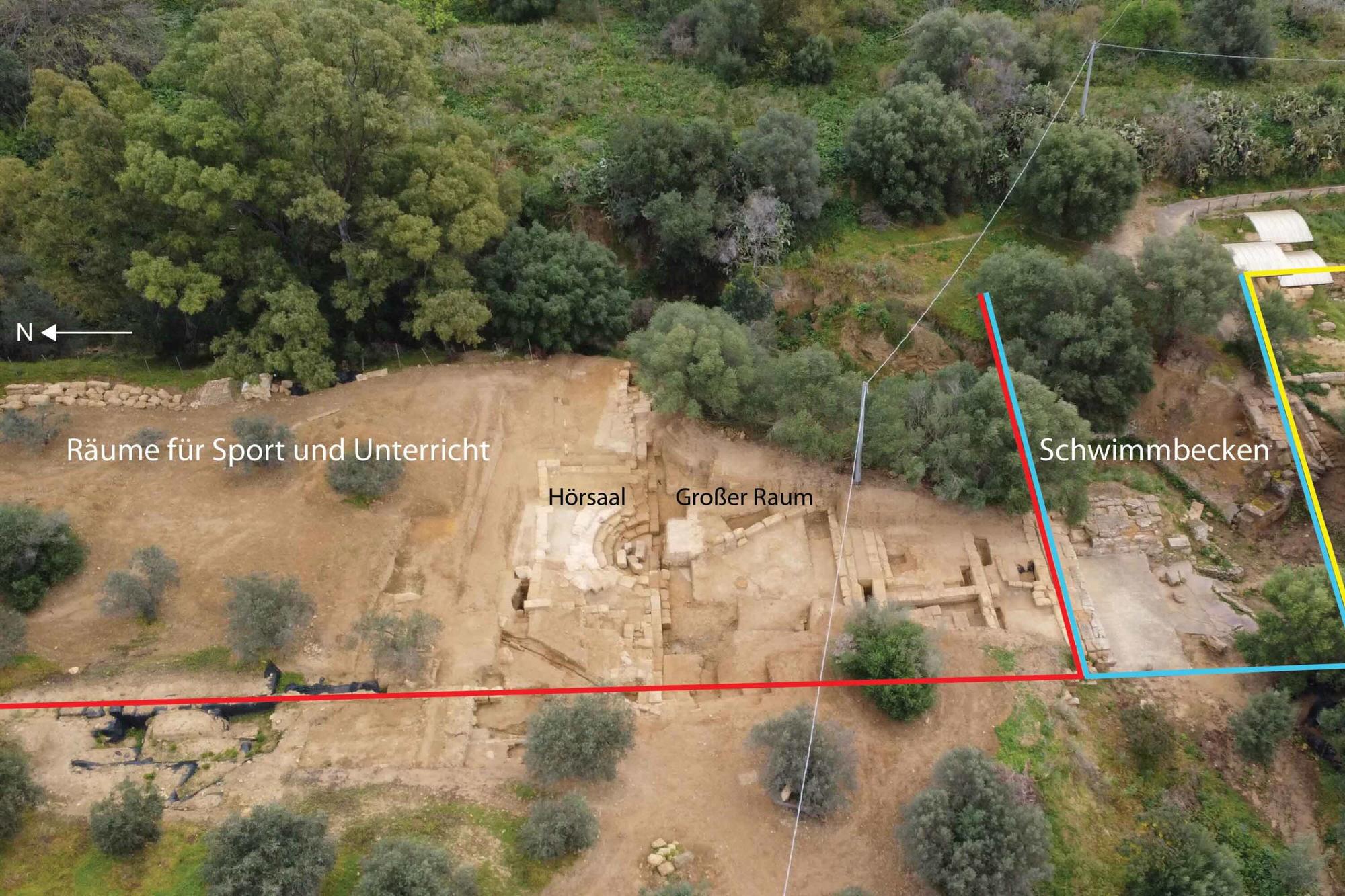
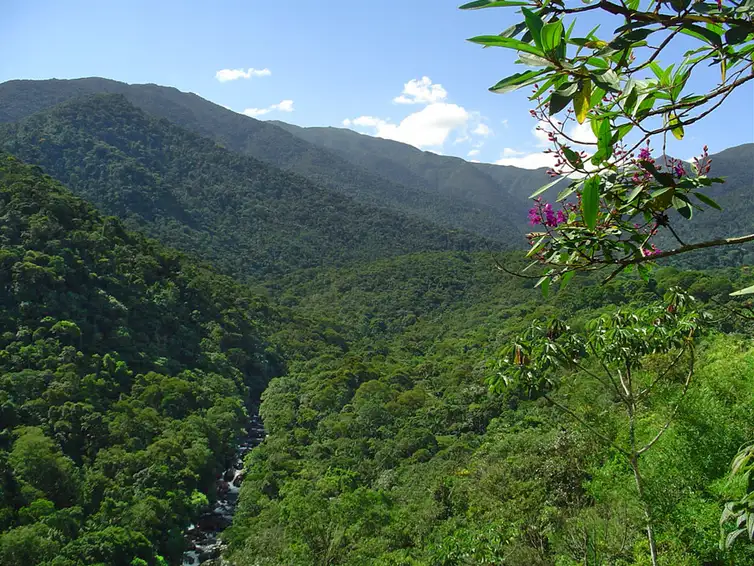
Leave a Reply